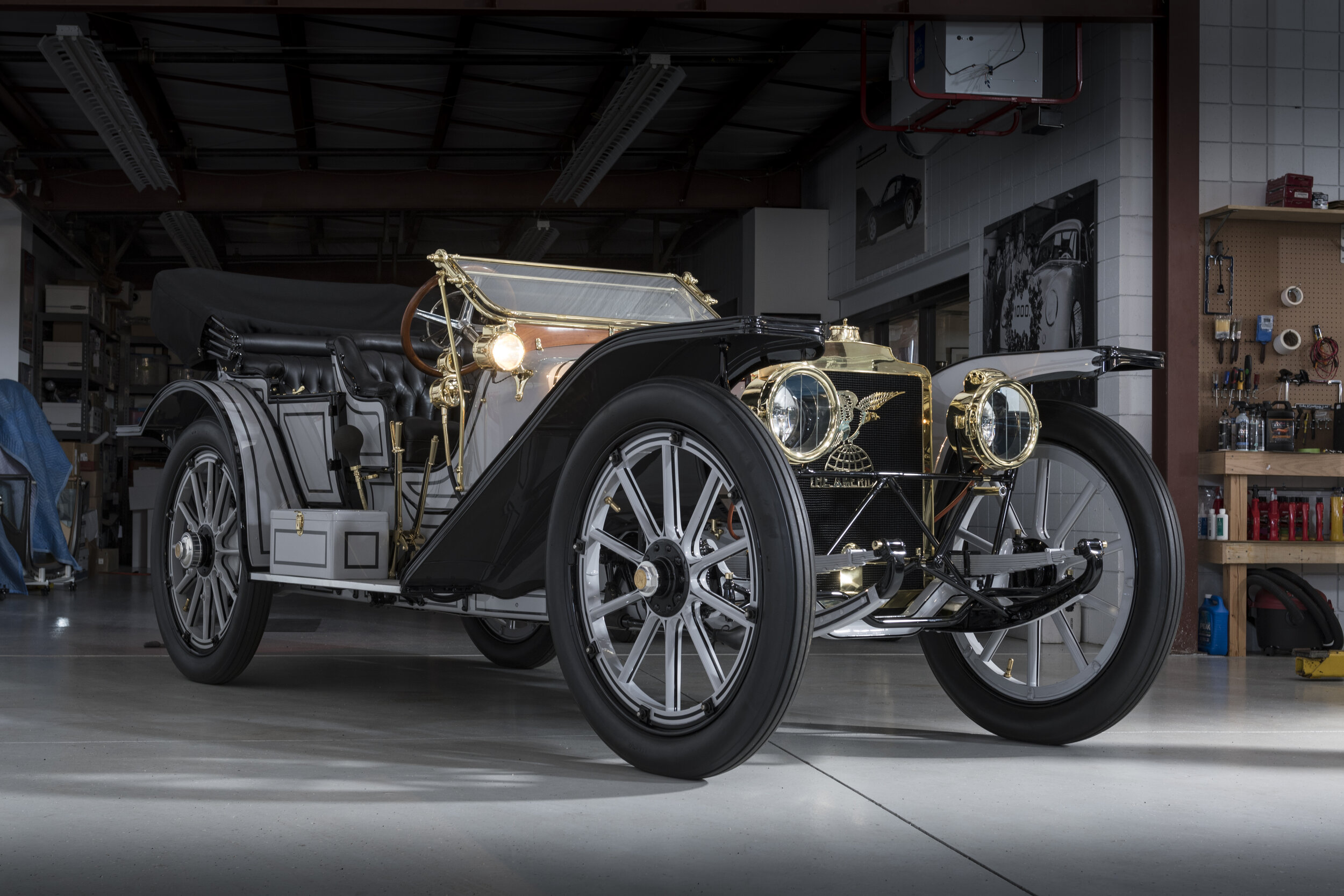1901 Winton Runabout
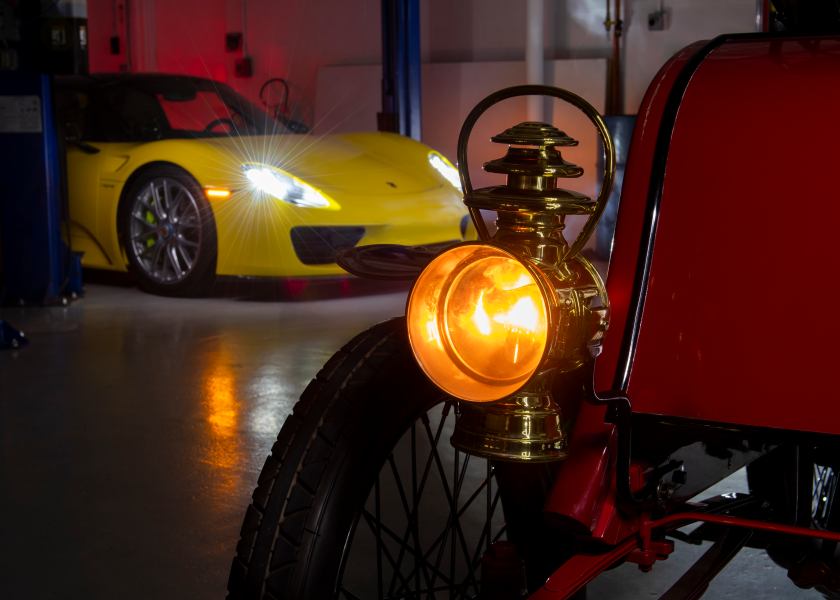
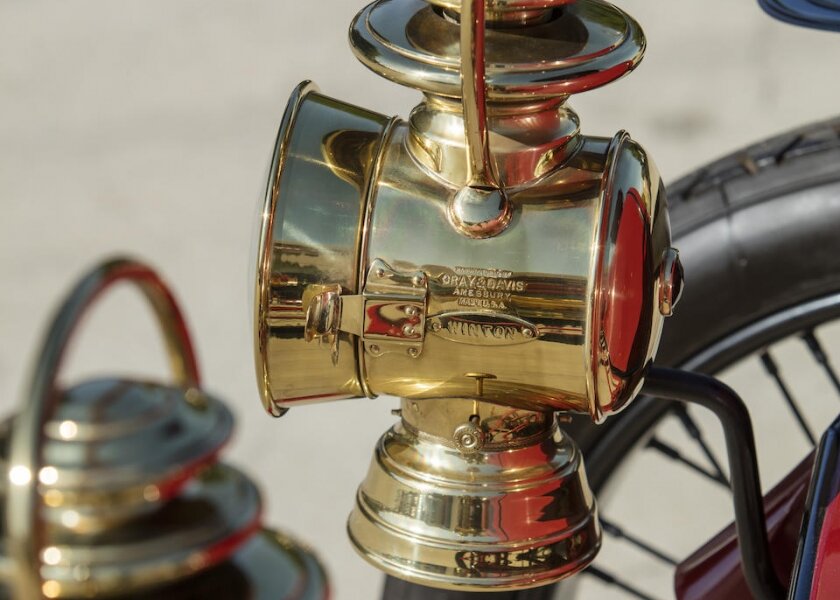


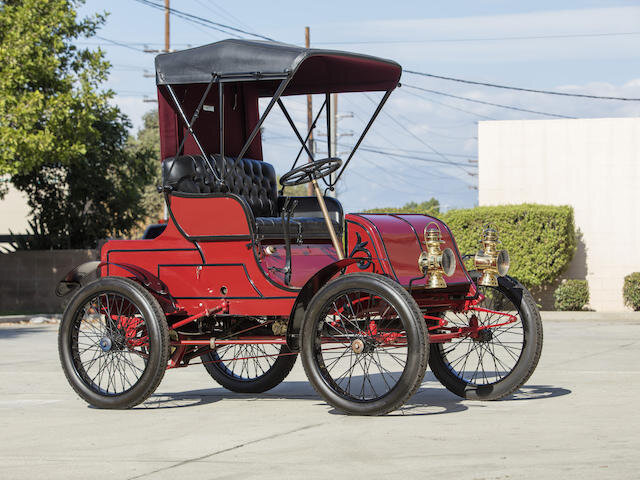
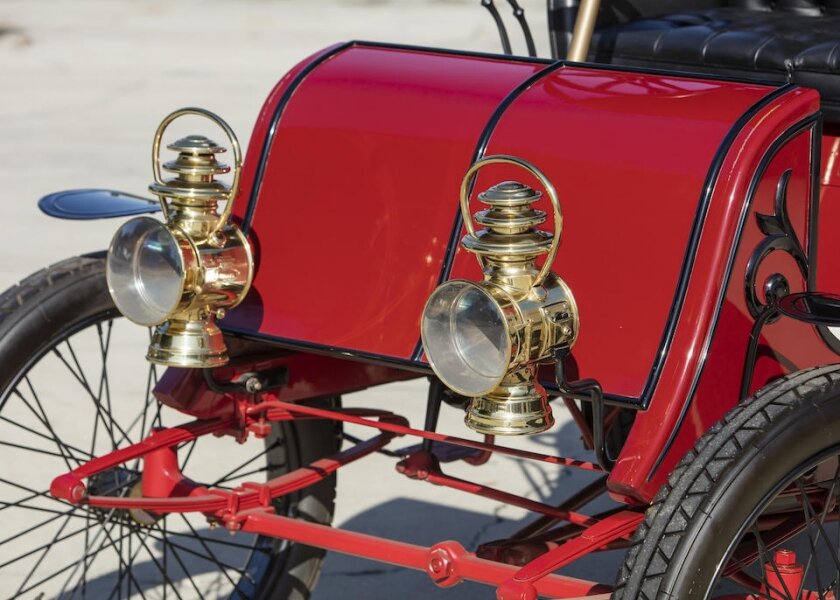
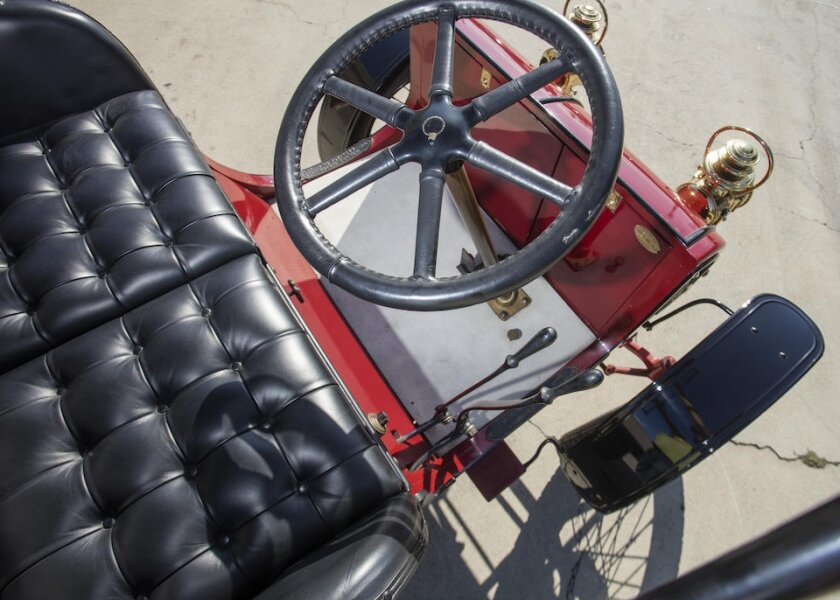
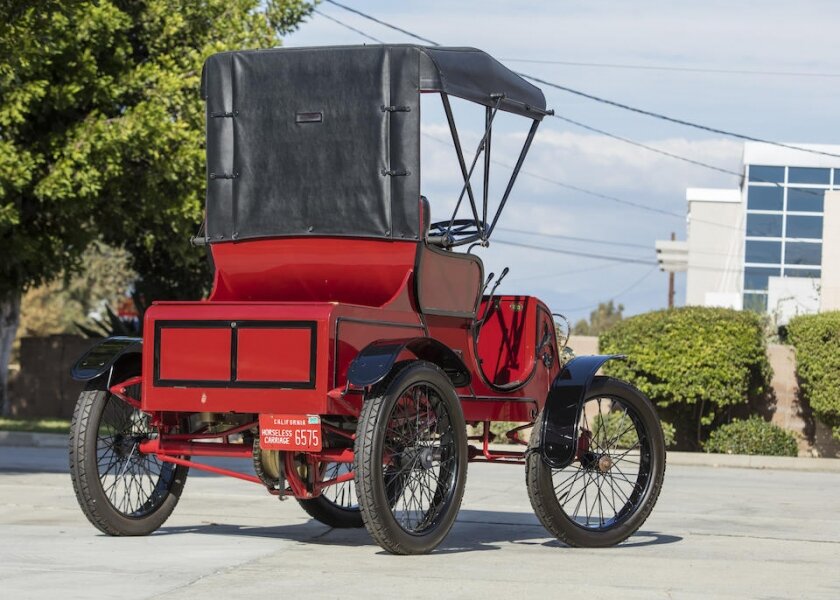
Lights: Gray & Davis Kerosene Lamps
Early 20th century motoring was a bit different than that of today. With few roads and inadequate lighting, drivers rarely ventured out into the night. For this reason, many horseless carriages of the time were not equipped with headlamps. Although the electric lightbulb was invented by Thomas Edison in 1879, the earliest forms of headlamps used kerosene or acetylene gas. The earliest electric headlamps were powered by a small dynamo driven by the engines flywheel, resulting in a lighting source that was much more expensive and slightly more effective than gas powered lamps. Automobiles of this period often features tanks of kerosene or acetylene.
Headlamps simply ensured one’s automobile could be seen by other drivers. The kerosene lamps were by no means powerful enough to light the road ahead, creating just enough light to signal other drivers during darker hours. Gray & Davis, of Amesbury, MA, who produced the lamps seen on this Winton, offered aftermarket options for owners who needed to be seen at night. Tag lines such as, “We have always set the style” helped Gray & Davis market the lamps to early auto enthusiasts. Along with hood ornaments, lamps were an early form of automobile customization. Owners wanted lamps that looked as well as they performed, making their cars both unique and effective at all hours of the day.
The Winton Runabout has been described as the most significant and finest engineered American gasoline car of its time. This Runabout, having been authentically restored, is one of less than 10 still in existence. Formerly from the Philip Reed collection, it participated in the 1994 London to Brighton run.
In 1898, Alexander Winton set about series producing a batch of 50 identical motorcars. Prior to this point, the few American autos that had been built were done individually when ordered by customers. Winton revolutionized all this by building in batches and in significant numbers. This important innovation does not overshadow the brilliant design of the motorcar he was producing.
Winton, with a background in steam engineering, devised a self-regulating intake system for his new automobile. A small air pump in the crank case that created pressure with each crankshaft revolution forces this pressure to a chamber that limited the action of the intake valve. As engine speed increased, the rising air pressure would restrict the valves, causing the engine to throttle down. The driver could press an accelerator pedal that would bleed the air from the system, allowing the motor to accelerate and make maximum power.
The Winton was more than just a brilliant engine design. The car was handsome and a complete package, well known for light and precise steering and easy handling. One of its best features was the gearbox: instead of using the typical American planetary unit, Winton designed a constant-mesh two-speed unit. Each gear was activated by a buttery smooth bronze clutch. The combination of the self-regulated engine and the silky-smooth gearbox made the Winton exceptionally easy to drive for customers new to motoring.
Specifications:
Engine: 149ci Horizontal Single-Cylinder
Horsepower: 8
Transmission: 2-Speed Constant Mesh, Individual Clutches
Lights: Gray & Davis Kerosene Lamps



